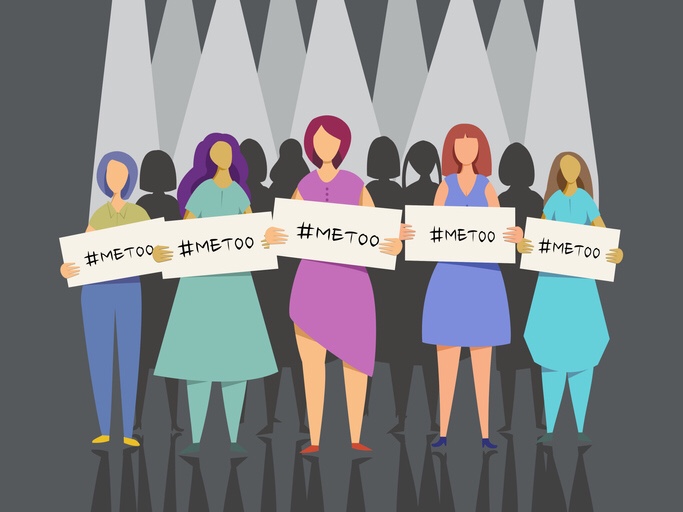#MeToo: Redefining How Insurers Approach Sexual Assault
Sexual misconduct claims have implications for individuals and companies, including senior management and boards. In this session at the RIMS 2019 Conference and Exhibition, panelists discussed how the #MeToo movement has brought to light various inefficiencies in old practices and how these types of claims could be handled going forward.
Speakers included:
- Kimberly Huebner, Senior Complex Claims Director, AIG
- Howard Privette, Partner, Pepper Hamilton LLP
- Kelly Thoerig, Senior Vice President and ELP Coverage Leader, Marsh
Almost half of US women say they have been sexually, verbally or physically harassed at work. The instances of harassment in the workplace have remained at the same level for several years, but the number of instances reported has risen dramatically. Severity, based on settlement amounts, has also increased over the past few years.
Sexual harassment in the workplace includes unwanted touching or leering, inappropriate social media communications, inappropriate emails and texts, derogatory verbal conduct, unwanted romantic advances, unwanted sexual advances or sexual comments. The legal definition of sexual harassment is somewhat more narrow, but we are seeing that definition broaden.
Organizational Risk Factors for Sexual Harassment
- A homogenous workforce
- A minority of employees who don’t conform to societal stereotypes or workplace norms.
- Cultural or language differences
- Many young employees
- A subset of “high-value” employees
- Significant disparities in power among employees
- A priority on customer service or client satisfaction
- Monotonous work or low-intensity tasks
- Physical isolation
- Decentralized management
- Tolerance or encouragement of alcohol consumption
- Occurrence of social discourse outside the workplace
Effective Prevention and Surveillance Tactics
- Establishing clear company policies
- HR screening for early warning signs
- Observation of employees’ interactions by their managers
- Safe channels for reporting
While sexual harassment claims traditionally trigger an organization’s Employment Practices Liability (EPL) policy, we are now seeing instances where a Directors and Officers (D&O) policy could also be triggered. EPL coverage is designed to cover a company, its directors and officers, and employees for claims by employees alleging discrimination, harassment, wrongful termination or other employment-related torts.
There are some issues with EPL coverages. For example, EPL policies generally exclude bodily injury. Drawing the line between sexual assault and physical injury can be challenging. Experts also noted that juries are now less tolerant of employers in this area due to the national discussion, which can increase awarded amounts.
D&O policies can include some EPL coverage for individuals covered under the policy. This means that if a covered individual is accused of harassment, the D&O policy could respond. Because of the D&O policy being triggered, along with the prevalence of social media and the publicity of the #MeToo movement, something that was historically a CEO’s personal problem, now becomes the company’s problem. D&O exposures could include litigation and regulatory investigations.
Sexual harassment has always been an issue for employers. The #MeToo movement has brought it to the forefront and these issues don’t seem to be going anywhere any time soon.


